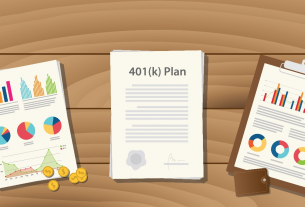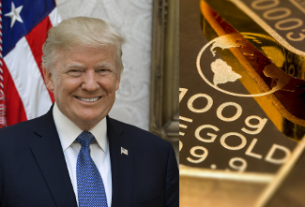The Federal Open Market Committee (FOMC) voted last week to raise interest rates yet again, setting a target range this time of 2.00-2.25%. While that was expected by everyone and had been priced in already by markets, what took some people by surprise was the fact that the FOMC’s statement for the first time in years omitted the statement that the “stance of monetary policy remains accommodative.” That had many observers claiming that this latest interest rate bump marked the end of accommodative monetary policy and a return to near-normalcy. But is that really the case?
All one need do is look at a chart of the effective federal funds rate to see that the Fed is nowhere near normal yet. A federal funds rate around 2.25% is still historically low. The most recent time that rates were that low, between late 2001 and early 2005, those low interest rates were responsible for the creation of the housing bubble. Before then, the last time rates were that low was back in the early 1960s. For most of the period between the early 1960s and 2001, even a federal funds rate of 3% would have been considered low.
Then take a look at the chart of the assets held on the Fed’s balance sheet. Total assets are still at $4.2 trillion, well above normal and well above trend. For the ten years prior to the financial crisis the Fed’s total assets had been growing at an annualized rate of about 5.8%. If the Fed had kept to that growth rate its balance sheet would now be around $1.6 trillion, or just under 40% of its current total. So the Fed’s total assets are currently more than 2.5 times higher than normal. By any measure, then, the Fed cannot be said to have ended accommodative monetary policy.
Yet the Fed still is tightening its policy slowly but surely. How long it intends to keep raising rates is uncertain, as many analysts expect that the Fed will hike again in December and then slow the rate of hikes into 2019. According to the Fed’s “dot plots,” FOMC participants expect a longer-run federal funds rate between 2.5% and 3%, although they believe the federal funds rate may end up between 2.75% and 3.5% by the end of next year, and 3.0% to 3.75% by the end of 2020.
While that is intended to give the Fed a little breathing room to lower rates again in a crisis, it’s doubtful that the Fed will have enough time to raise rates that high before the next crisis occurs. The pattern of crisis response over the past several decades has been to lower interest rates and pour on the accommodative monetary policy to combat the crisis, then raise interest rates again but never quite as high as they were before. So for each subsequent crisis interest rates get lower and lower. Will the Fed take interest rates negative during the next crisis?
Investors who are concerned about the value of their assets should understand the position that the Fed is in, and the fact that rising interest rates will cut short the rally in stocks that has been seen through this year. They need to take steps now, such as investing in gold, in order to hedge against future losses and protect the value of their assets.
This article was originally posted on Goldco.





